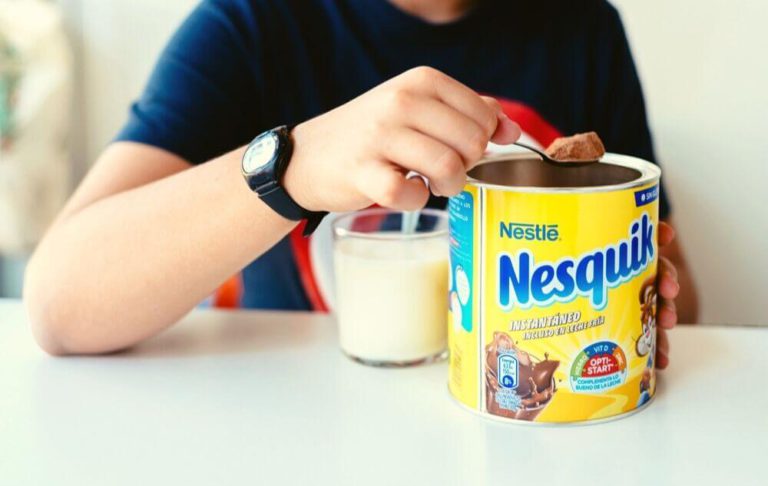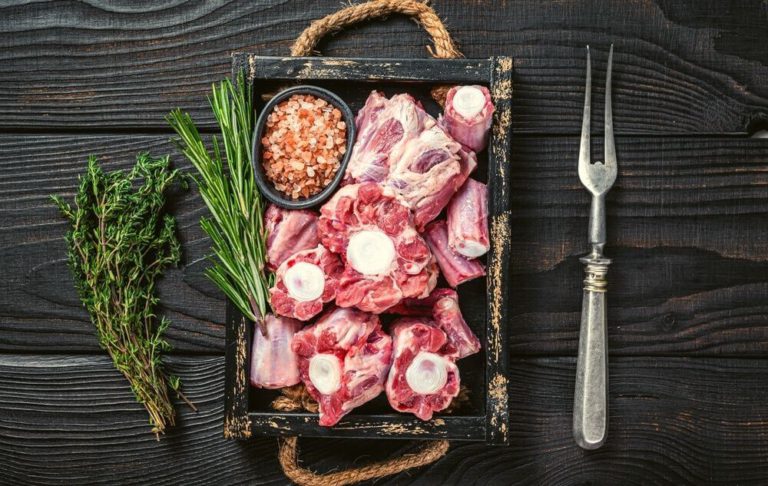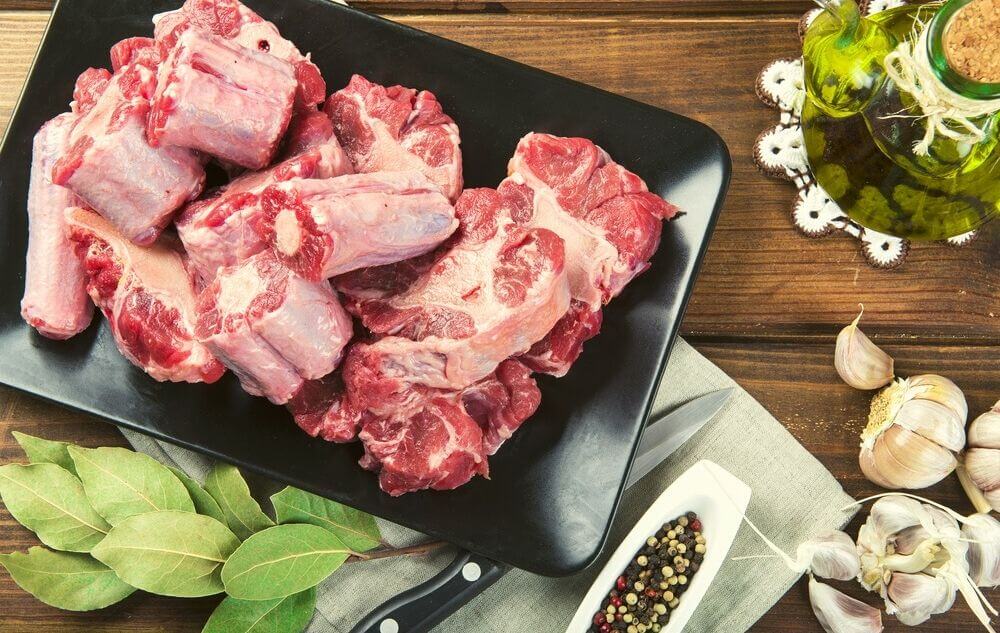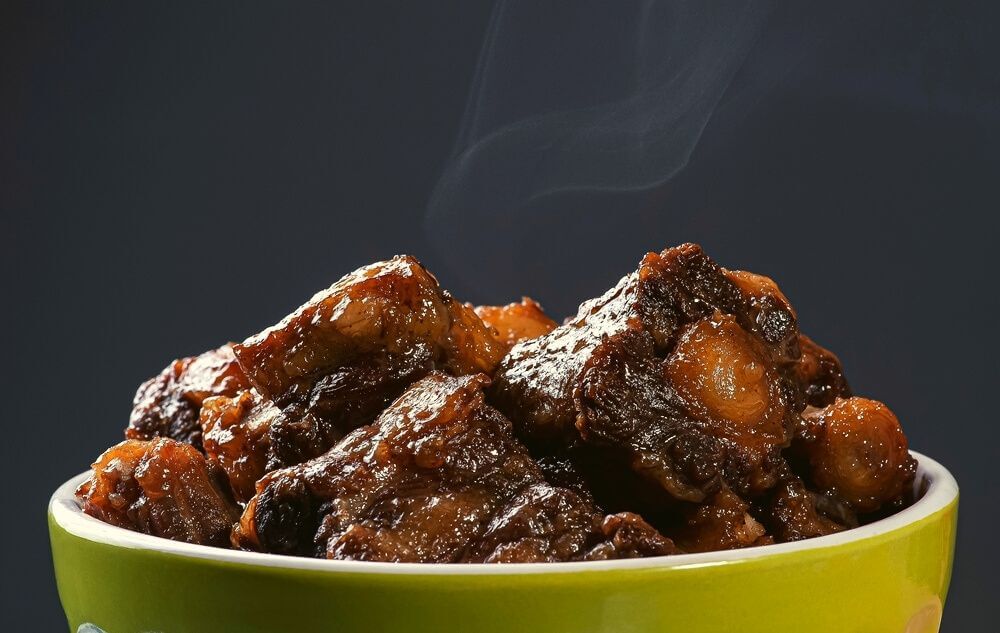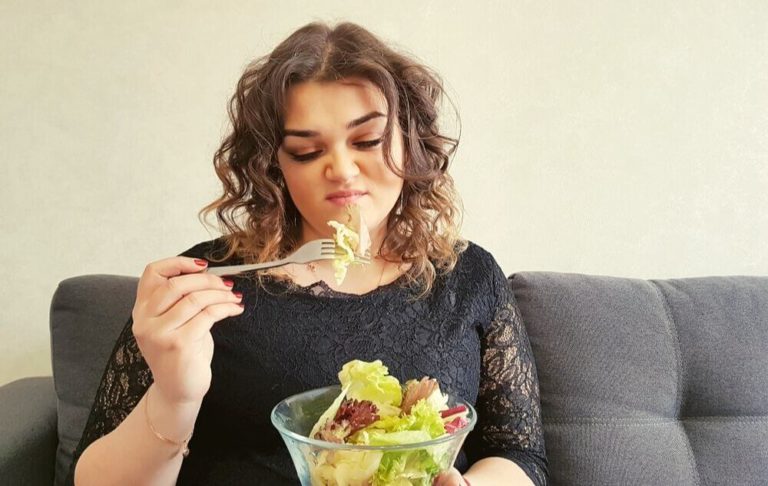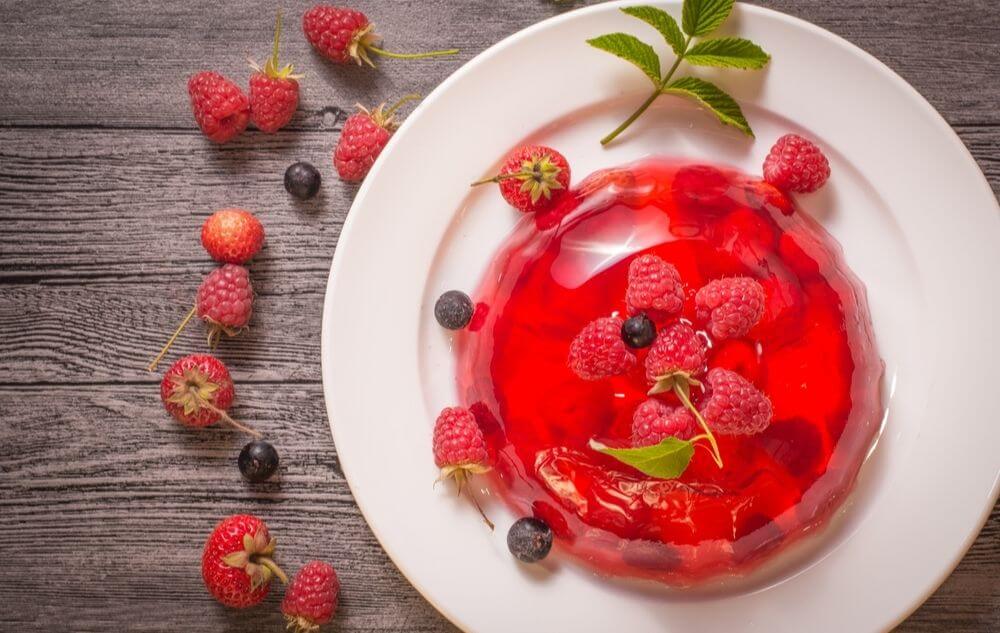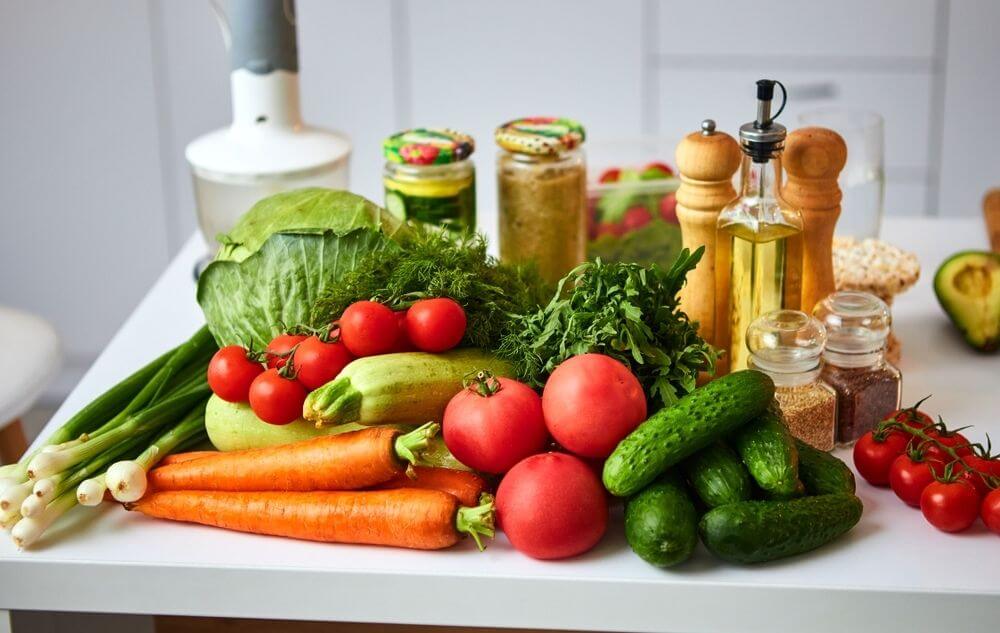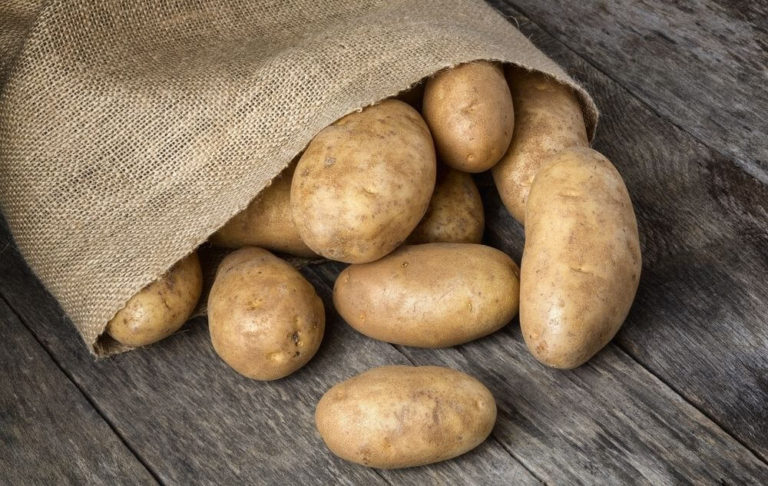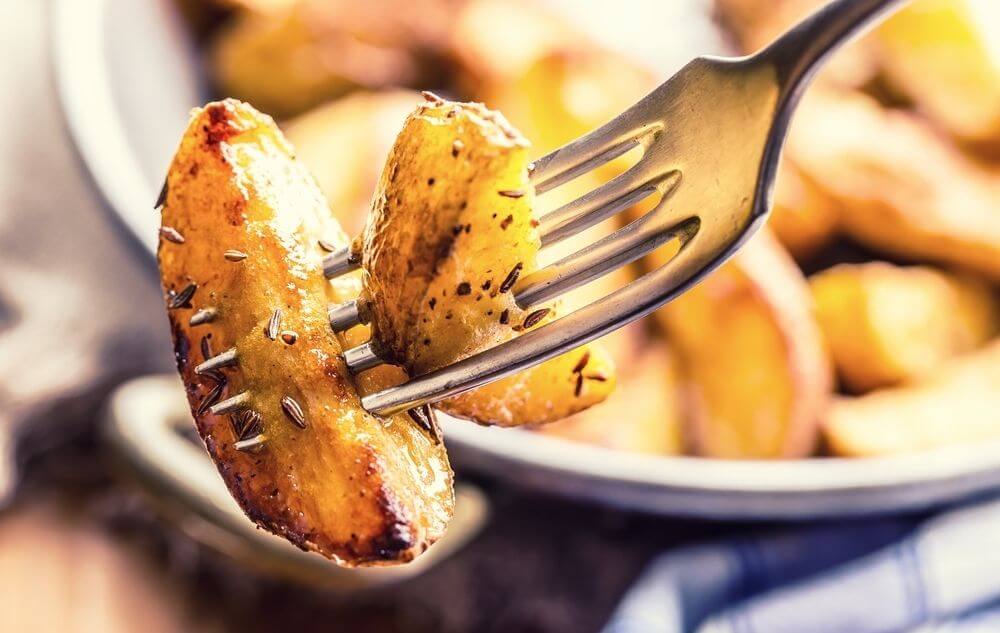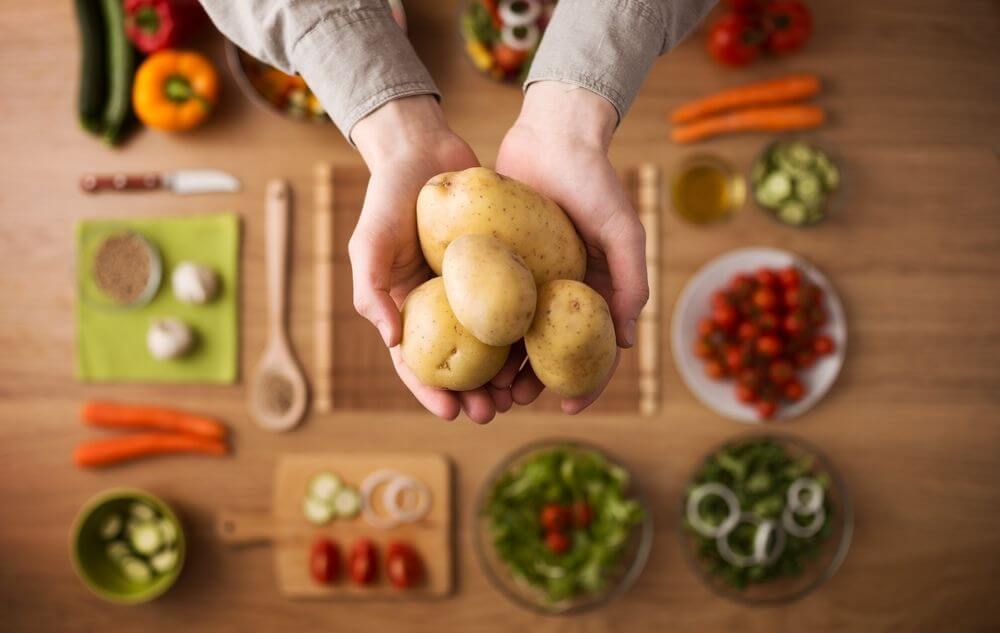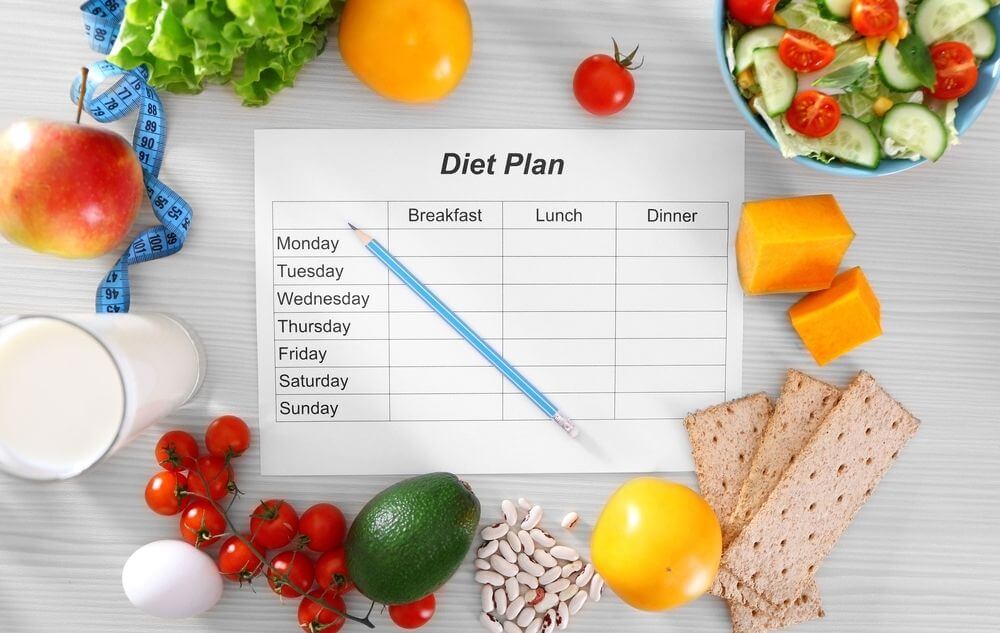Nesquik is a magic tool that turns plain, boring, flavorless milk into a delicious treat. It’s been a staple in many families for years in different parts of the world. It would help if you remembered scooping up some chocolate powder from the jar now and then to fill your mouth with the rich taste of the grainy chocolate and get lost in it.
But is Nesquik healthy enough for adults and children to enjoy every day?
This article breaks down the health factors of Nesquik’s Chocolate/ Strawberry/ Banana goodness for you.
You may also like: Is Turkey Sausage Healthy?
Is Nesquik Healthy? What Makes it Good for You

If something has a LOT of added sugar, it is generally discouraged by health experts.
Even though there are some major health risks associated with drink mixes like Nesquik (which we will discuss later), it can still benefit you, nutrition-wise. Let’s see how.
Creates an Appetite for Milk:
Children and most adults generally hate drinking plain milk, but they love flavored milkshakes.
So just stir up some chocolate/banana/strawberry Nesquik in a glass of milk and watch your kids down it in one go.
This way, they get their required nutrients from milk while enjoying it.
Antioxidants from Cocoa:
Cocoa is a prime ingredient in Nesquik’s chocolate-flavored powder, syrup, and ready-to-drink chocolate milk. Whoever said chocolate was bad probably never told you how great an antioxidant cocoa powder is.
A plant-based substance present in Cocoa, called flavonols, contains the antioxidants that prevent cell damage in our bodies.
The Ready-to-Drink Milkshakes are Sources of Important Nutrients:
Even though the powders and syrups are not fortified with essential micronutrients, Nesquik flavored milk is packed with good nutrients.
A serving of 8 fluid ounces of low-fat chocolate milk provides 8 grams of protein and 32% of the daily value for calcium.
Fourteen fluid ounces of strawberry low-fat milk contain 14 grams of protein, 56% of the daily value for calcium, 22% of the daily value for Vitamin D, and 29% for that of Vitamin A.
Calcium protects the bones, and vitamin D is the agent that ensures the body’s successful absorption of calcium.
Protein from the low-fat milk also helps strengthen bones and develop muscles in kids.
Post-Workout Treat:
Did you know? You can treat yourself to a cup of milk shaken with Nesquik of any flavor without messing up your progress!
These drinks have the perfect carbohydrate-to-protein ratio needed to reinstate muscle glycogen levels after a workout. Many sports scientists recommend them as “the best recovery drink in the market.”
Studies have shown that chocolate milk drinkers perform better at sports than unflavored milk drinkers. Human digestive systems are naturally accustomed to chocolate and chocolate flavor.
Even the high sugar content in Nesquik chocolate milk or chocolate powder is suitable for your athletic feat. Carbs in the sugar restore your energy after a vigorous workout.
No Harmful Artificial Additions:
Unlike other processed foods, Nesquik isn’t packed with artificial ingredients. The packaging clearly states that the product doesn’t contain any harmful artificial flavors, colors, and sweeteners.
It is also free of high fructose corn syrup. Excessive consumption of HFCS causes inflammation, liver and heart diseases, obesity, and diabetes.
While the absence of these artificial components doesn’t make the drink exactly “healthy,” it still makes them a lot less unhealthy than their counterparts of other brands.
No Added Sugar:
Just because Nesquik flavorings have unhealthy added sugar does not mean you have to boycott the brand altogether. This chocolate drink powder has a variant with no added sugar!
With only 40 calories per two tablespoons, this drink mix is richer in protein, calcium, iron, potassium, and vitamin C than the regular Nesquik chocolate drink powder.
You may also like: Is Oxtail Healthy?
Is Nesquik Not for You?

Now let’s look at some “unhealthy” Nesquik facts that might make you side with the health nuts who tell you to avoid it.
Processed:
Nesquik drink powders and syrups are artificially made and highly processed. The processing method removes the good nutrients from the main product and replaces them with artificial nutrients.
If you look at the ingredients list at the back of a jar of the Nesquik Chocolate Powder, you’ll see an ingredient named Cocoa Processed with Alkali. These processed cocoa beans give the powder a better color and lighter flavor and make it less acidic and more soluble.
However, processing cocoa this way damages the flavonols present in them.
Lots of Added Sugar:
The most pressing health issue in Nesquik drink powders and syrups is the tremendous amount of added sugar in these products. One tablespoon of the chocolate powder and the same amount of chocolate syrup has 12 grams of added sugar! This is half the daily recommended amount of added sugar for kids (less than 25g).
There’s more; the recommended serving size of two tablespoons of the Strawberry Drink Powder has 14 grams of added sugar in it. That’s three and a half teaspoons of added sugar going inside your body every day, just from a glass of milk.
Every day, this much sugar, alongside added sugar from other sources, is nowhere near healthy.
A regular intake of excess sugar begets obesity, risks of high blood pressure, high cholesterol levels, and diabetes. Don’t forget tooth decay- something you don’t want to happen to your child at a young age.
Even though Nestle reduced added sugar levels in Nesquik’s flavored powders and ready-to-drink beverages back in 2015 following a backlash, the existing sugar content is still very high.
Controversial Ingredient:
Another ingredient you’ll notice on the back of Nesquik jars is carrageenan. It is a processed red seaweed and a usual element in many recipes.
Why is carrageenan bad? Apparently, carrageenan consumption is linked to bloating, inflammatory bowel diseases, rheumatoid arthritis, and colon cancer.
Maybe there’s no need to start panicking because some scientists oppose these deductions. The U.S. Food and Drug Administration still considers carrageenan as a safe ingredient.
However, it has failed to meet the standards of the National Organic Standards Board. Foods containing carrageenan are therefore not “USDA Organic.”
Sugar Substitute:
The “no sugar added” Nesquik chocolate drink powder uses maltodextrin as a sugar substitute. This intensely processed powdered carbohydrate has a higher glycemic index than your regular table sugar.
So, immediately after consuming a food containing it (Nesquik chocolate powder in this case), this ingredient spikes blood sugar levels.
Foods containing maltodextrin can also damage the balance of bacteria in the human gut and may cause various bacterial diseases.
No Added Micronutrients:
Nesquik’s regular chocolate and strawberry syrups do not have any essential micronutrients, such as vitamins, iron, calcium, potassium. The chocolate drink powder has a teensy bit of iron and potassium, and the strawberry powder has some calcium, iron, potassium, and vitamins A and C.
Nothing healthy will go into your system without these micronutrients when you consume these powders and syrups.
Therefore the products are marketed with the mention of semi-skimmed milk to let you know that Nesquik cares about your and your kid’s nutrition content.
You may also like: Why Does Healthy Food Taste Bad?
Frequently Asked Questions (FAQs)
Do all Nesquik beverages, powders, and syrups have vitamin A and D?
The regular drink powders and syrups don’t have added vitamin A and D, but all the low-fat Ready-to-Drink low-fat milk and Protein Powders do.
Should Nesquik be given to toddlers?
Most health experts will recommend against it because a toddler is in a developing stage. The nutritional value in Nesquik products isn’t enough to counter the risks of dental cavities due to high levels of refined sugar in them.
Is Nesquik safe to drink during pregnancy?
If you’re having a little milkshake craving while pregnant, you can drink the chocolate, banana, and strawberry beverages made from homogenized and pasteurized milk.
Also, Nesquik Vanilla, Strawberry, and Banana are all caffeine-free.
Will Nesquik hamper your weight loss progress?
You can pair the “No Added Sugar” chocolate powder with low-fat milk or cow milk alternatives to quench your chocolate milk cravings during your weight loss journey.
Final Words
Is Nesquik healthy? Well, if you still want to consume it, just do so in moderation. It’s lovely as a treat occasionally. On other days, look for healthier substitutes that can partner with milk for your child’s appetite.

